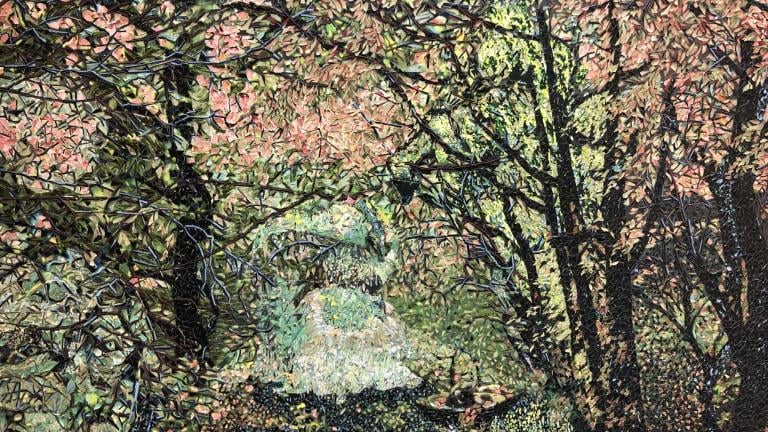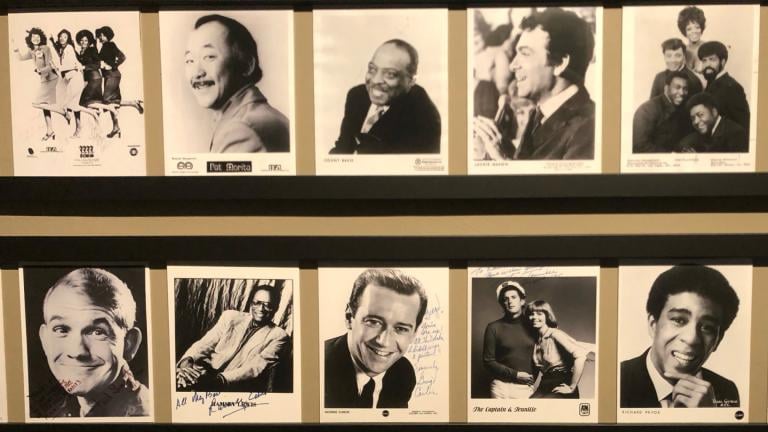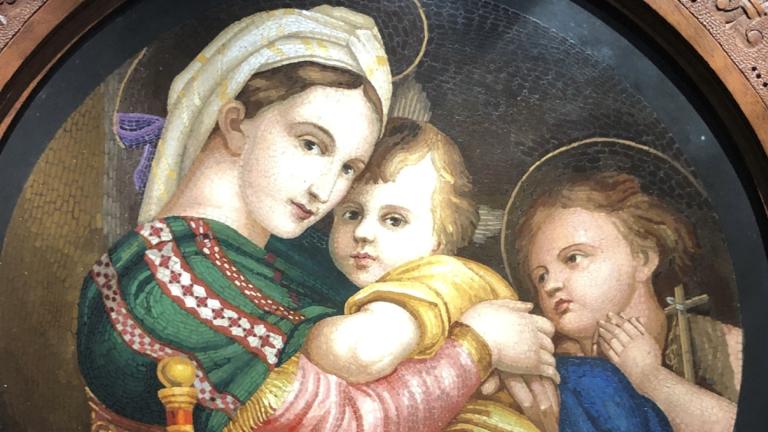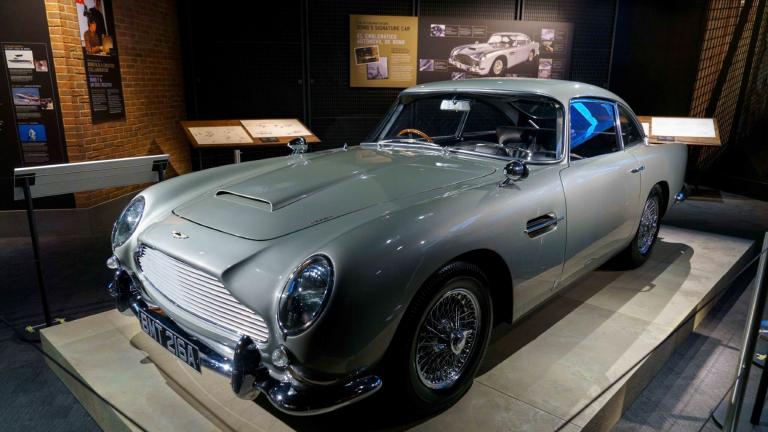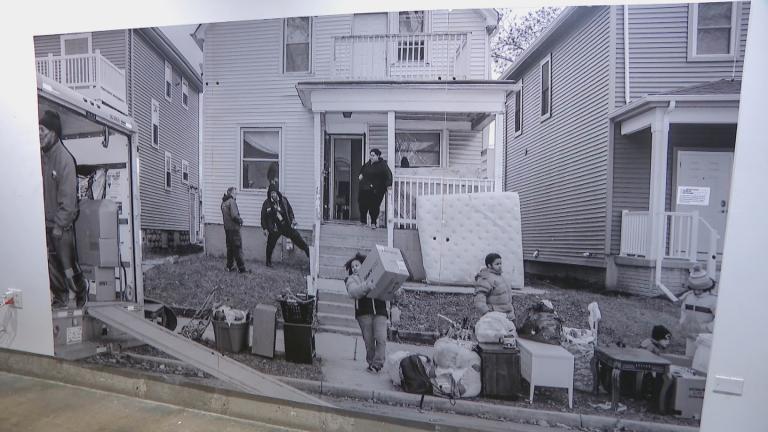By the age of 23 he had fought in World War II, tangled with Gen. Patton, and won his first Pulitzer Prize. Cartoonist Bill Mauldin created artwork for magazines, books and newspapers from the 1940s into the ‘90s.
A new exhibition remembers this American original with a strong connection to Chicago.
TRANSCRIPT
Marc Vitali: For any issue facing the United States – or the world at large – Bill Mauldin could sketch a strong opinion.
For more than 50 years he satirized the news of the day, and he didn’t pull his punches.
Now the Pritzker Military Museum & Library has opened its archives of original artwork by Bill Mauldin.
James Brundage, Pritzker Military Museum & Library: You start looking at these cartoons and going through 100s and 1000s of them and you really gain not only an appreciation for the original pieces themselves but certainly for his humor for the subject matter that he’s covering. I mean he touched on everything. If it was an important social, political, economic topic of the 1960s, 70s, 80s, 90s, he probably touched on it. And he did it in such a sharp biting commentary that ah I think really only cartoonists can do sometimes.
 (Copyright the Pritzker Military Museum & Library)
(Copyright the Pritzker Military Museum & Library)
Vitali: Born in New Mexico, Mauldin studied at the Chicago Academy of Fine Arts.
He started his art career while fighting in Europe during World War II.
There he created Willie and Joe, two soldiers who came to symbolize the common fighting man.
Brundage: Once he’s in Italy that’s where the characters Willie and Joe emerge as distinct characters, and he’ll continue to draw them for the remainder of the war and after the war as well. They are really representative of the average experience of the infantryman. He’s trying to give voice to what the fighting man is going through, what they’re experiencing, and he will travel back and forth to the front lines to document exactly what they’re going through.
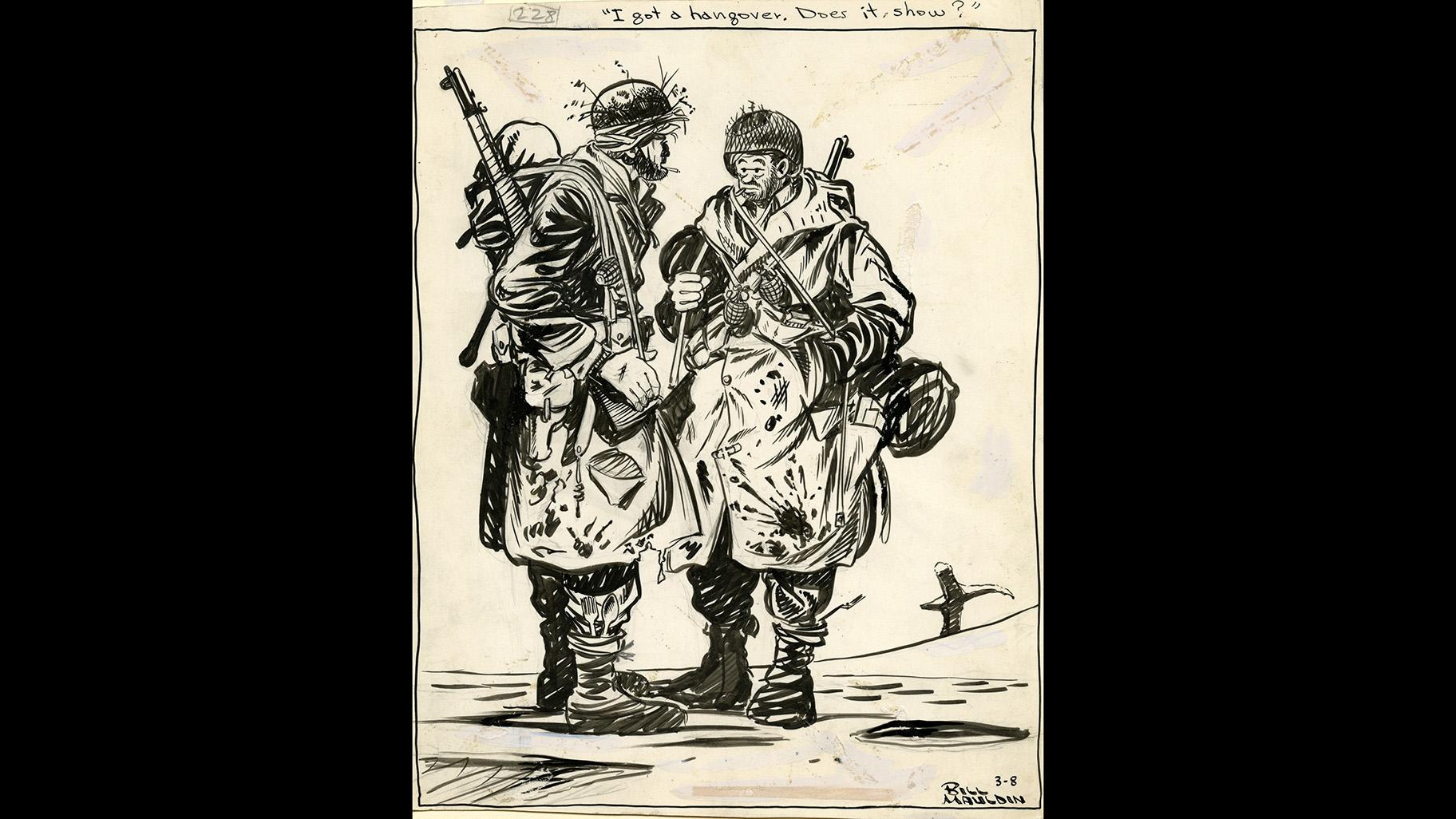 Willie and Joe. (Copyright the Pritzker Military Museum & Library)
Willie and Joe. (Copyright the Pritzker Military Museum & Library)
Vitali: Mauldin’s point of view was popular among enlisted men and people on the homefront.
But the scruffy soldiers he drew were not appreciated by some of the military brass — including Gen. George Patton, who held a private meeting with Mauldin that the artist later depicted.
Brundage: Patton kind of chewed him out over the cartoons and tried to ask questions, as far as, ’What are you trying to do with these guys?’ But Mauldin was able to continue to draw throughout the rest of the war and even on the return home. He stuck to what he was trying to represent with these characters.
Vitali: Mauldin won his first Pulitzer Prize for his body of work from World War II.
In 1959, Mauldin won a second Pulitzer Prize for a cartoon that depicted author Boris Pasternak as a prisoner of the Soviet empire.
He was an editorial cartoonist for the Chicago Sun-Times from 1962 to 1991.
Perhaps his most famous image is a grief-stricken Abraham Lincoln reacting to John F. Kennedy’s assassination.
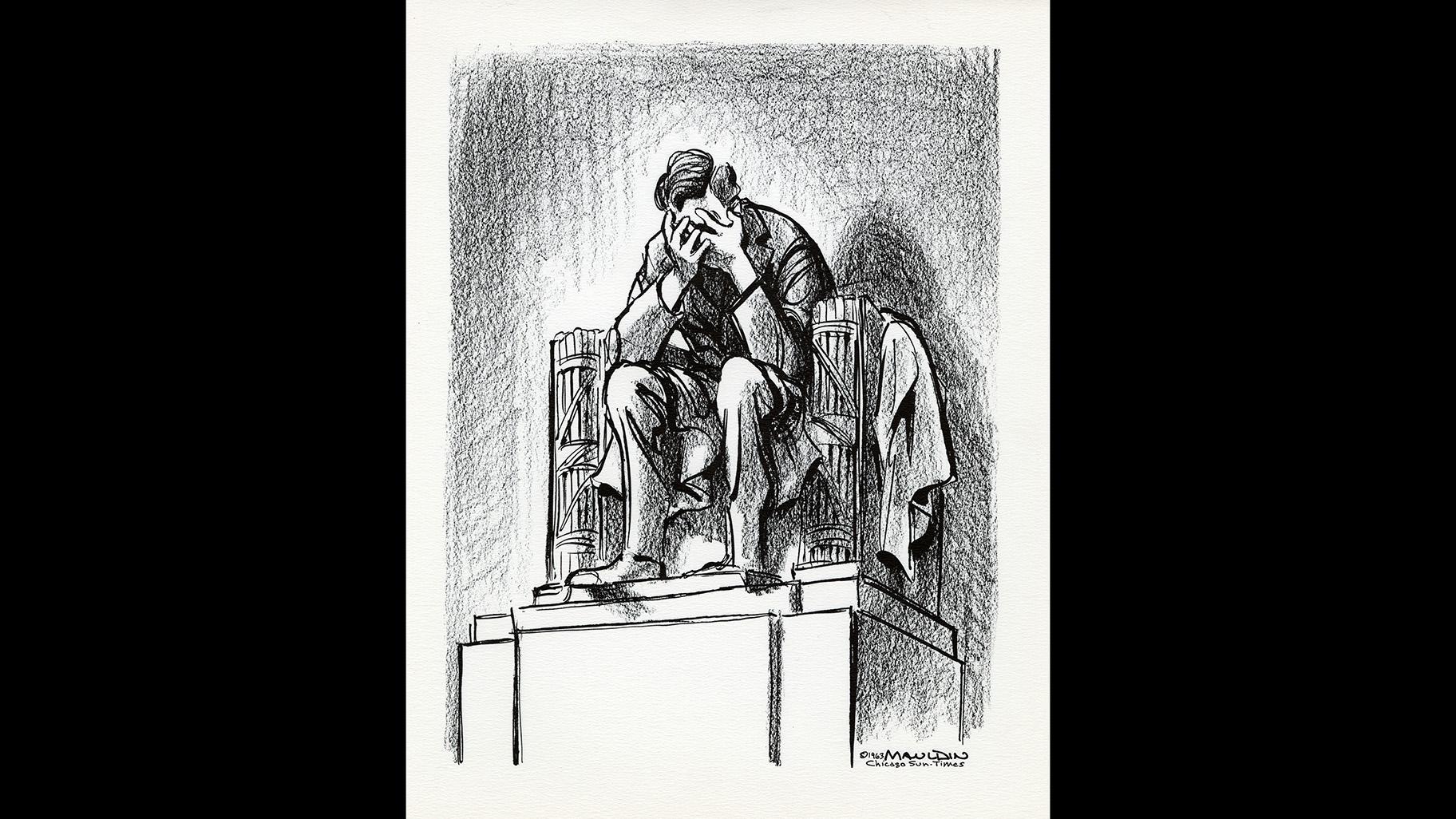 Grieving Lincoln: Chicago Sun-Times, 1963; in response to the JFK assassination. Copyright 1963 by Bill Mauldin. (Courtesy of Bill Mauldin Estate LLC)
Grieving Lincoln: Chicago Sun-Times, 1963; in response to the JFK assassination. Copyright 1963 by Bill Mauldin. (Courtesy of Bill Mauldin Estate LLC)
The museum and library are on the second floor of the historic Monroe Building on Michigan Avenue.
The curator of the exhibition has a connection to the artist, because he too was an infantryman.
Brundage: I served in the Marines in Iraq.
The experiences that he represents through Willie and Joe in World War II are many of the same experiences that I went through, that I think infantrymen continue to go through — complaining about food, complaining about the weather, these are things that don’t go away for those in the military. So whether you’re a soldier in WWII, Korea, Vietnam, Desert Storm, I think his cartoons would speak to you.
You look at his artwork now and there are some cartoons that are as relevant just as much today as they were when he drew them. We say that there is almost a Mauldin for everything. If it’s something that still happens today it seems like we can find a Mauldin that addresses the topic.
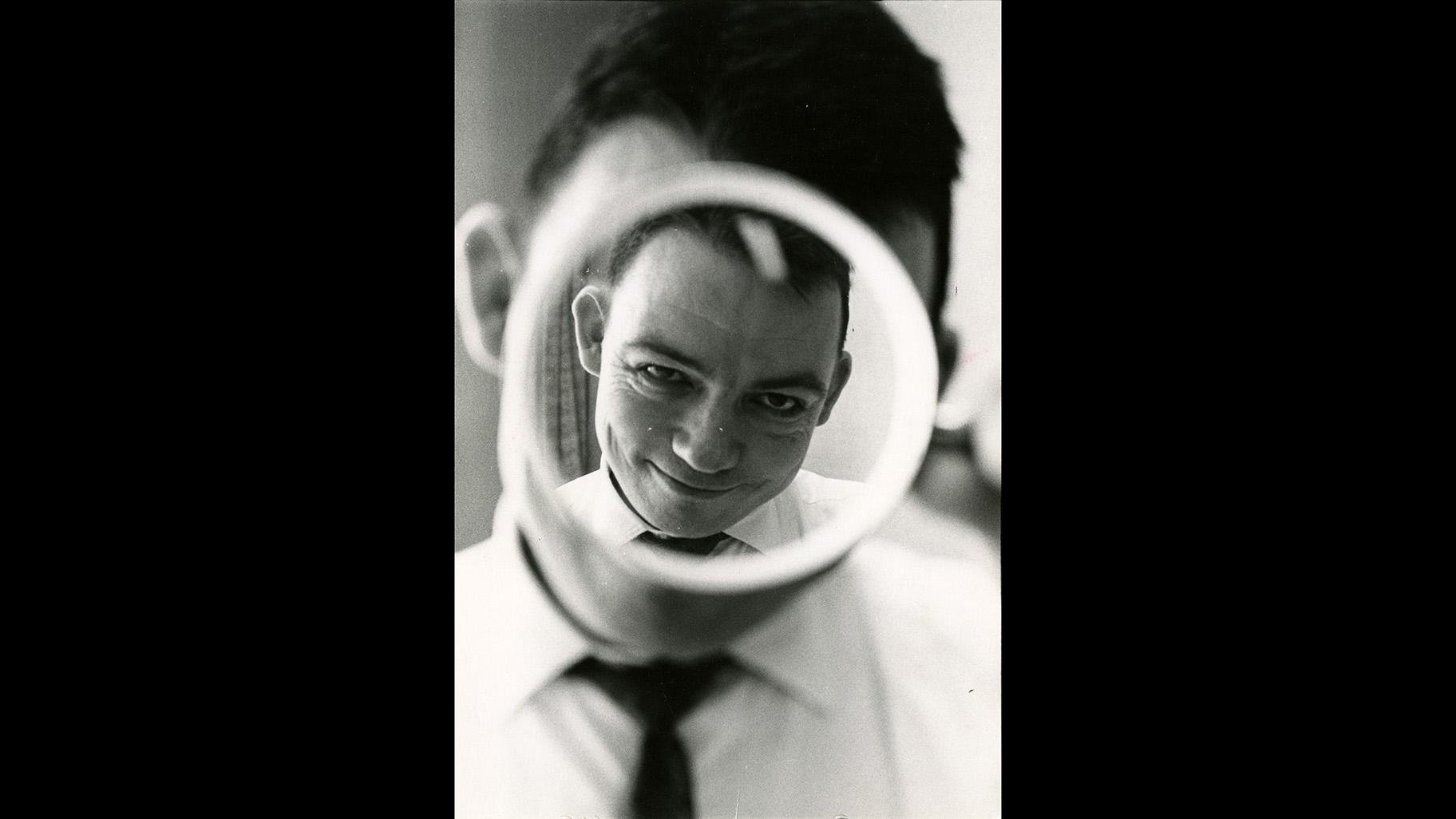 (Copyright the Pritzker Military Museum & Library)
(Copyright the Pritzker Military Museum & Library)
Bill Mauldin died in 2003 and is buried in Arlington National Cemetery. The exhibit of his work is called “Drawn to Combat,” and it is now on view at the Pritzker Military Museum & Library.
Follow Marc Vitali on Twitter: @MarcVitaliArts

